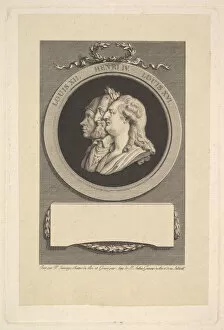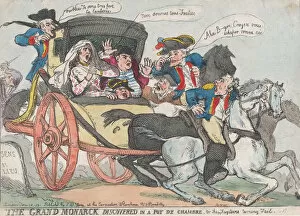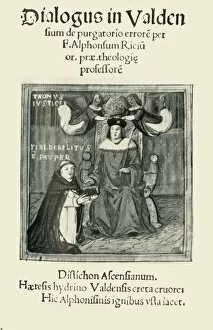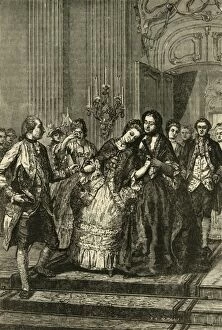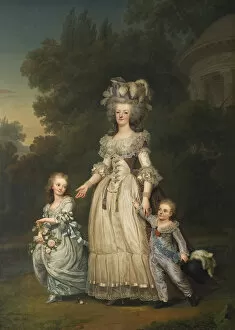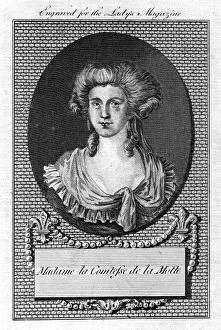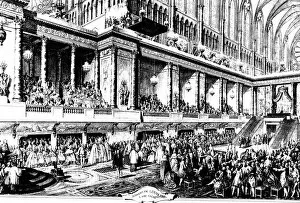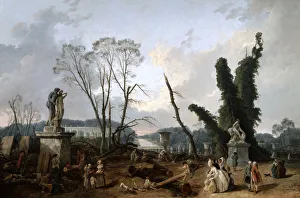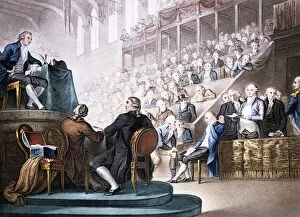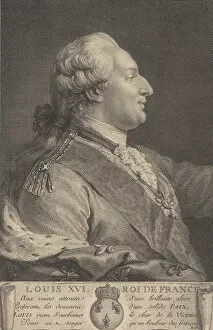Louis Capet Collection (page 2)
"Louis Capet: A Captivating Figure in Art and History" Louis Capet, also known as Louis XVI, was a prominent figure during the tumultuous period of the French Revolution
All Professionally Made to Order for Quick Shipping
"Louis Capet: A Captivating Figure in Art and History" Louis Capet, also known as Louis XVI, was a prominent figure during the tumultuous period of the French Revolution. This captivating caption explores various artworks that shed light on his life and legacy. One such artwork is "Charles Claude de Flahaut (1730-1809), Comte d'Angiviller, " painted by Jean-Baptiste Greuze in 1763. It portrays an influential figure who played a significant role in shaping Louis XVI's reign. Another intriguing piece is the "Tomb of Louis XVI and his family, with hidden silhouettes. " Created anonymously between 1793-1800, this artwork conceals mysterious figures within its composition, adding an air of intrigue to the somber memorial. Similarly, two landscapes from the same era contain hidden silhouettes; one featuring seven figures and another showcasing fifteen. These enigmatic additions invite viewers to ponder their significance and connection to Louis Capet's story. An anonymous artist captured Louis XVI's regal presence in "Louis Seize Roi des Francais, " an 18th-century portrait that exudes both power and vulnerability. The painting offers a glimpse into the complex personality of this monarch. "The Two Are But One (Les deux ne font qu'un)" presents an enigmatic image from late 18th century artistry. Its creator remains unknown but leaves viewers captivated by its symbolism and potential ties to Louis Capet's fate. In contrast, "The Bombardment of All the Thrones of Europe and the Fall of Tyrants for Happi. . " reflects political sentiments prevalent during ca. 1792 when revolutionaries sought radical change across Europe. This powerful artwork captures the revolutionary spirit that ultimately led to King Louis XVI's downfall. A landscape painting created between 1794-1815 reveals a hidden silhouette depicting none other than Louis XVI himself—a subtle nod to his presence amidst the changing political landscape.


